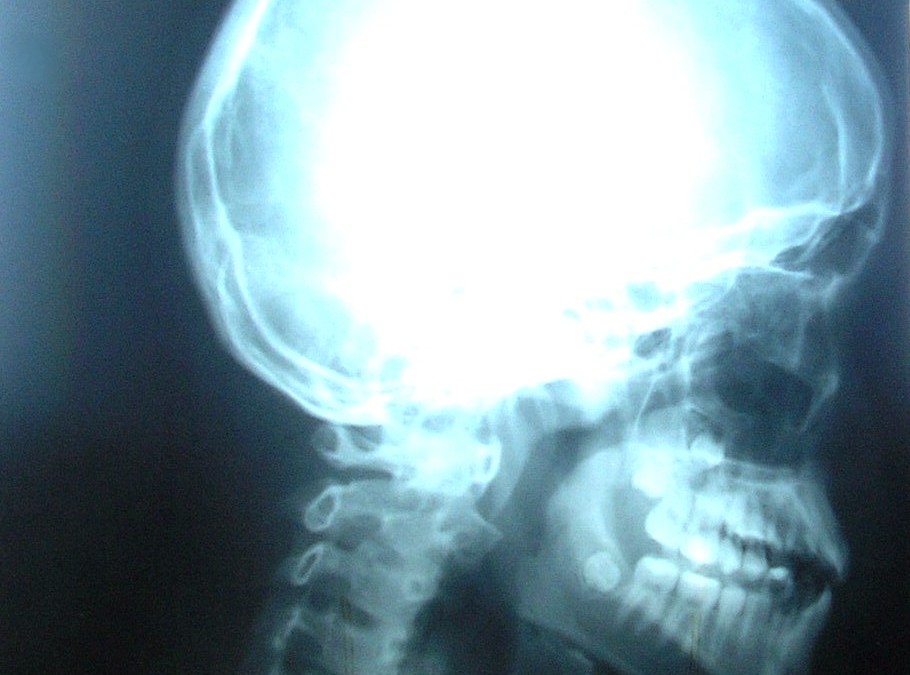Phase 1 – The Inherent motility of the brain and spinal cord (CNS).
The central nervous system (CNS) of every living organism, meaning the cells of the brain and spinal cord, exhibits a phenomenon called “Inherent Motility” This means that the cells that make up the CNS are constantly fluctuating, or expanding and retracting at a rhythm of their own accord. As mentioned in the last paper, the human CNS cells fluctuate at a rate of 8-12 cycles per minute, or about every 6 seconds.
Another way to describe this is by picturing a jelly fish. The brain and spinal cord rhythmically coil and uncoil like a swimming jelly fish. As the brain coils and uncoils, the cavities within the brain (ventricles) and around the brain (cisterns) change shape, and therefore the volume of these spaces and hence the amount of fluid that they hold will change as well. During the inhalation phase (flexion) the brain gets shorter and wider. During the exhalation phase (extension) the brain gets taller and narrower.
This is the first phase of what is commonly referred to as the Primary Respiratory Mechanism (PRM) or Cranial Rhythmic Impulse (CRI) in Craniosacral Therapy and Osteopathy. This pulsating rhythm can easily be felt by the trained hands of the Osteopath (D.O.(M.P) or Craniosacral Therapist (CST). By placing our hands on the head, spine, and sacrum of the patient, we can feel the pulsation of the CNS and the increase and decrease of fluidic pressure that it creates. This increase and decrease in fluidic pressure is commonly referred to as “the tide” since that is exactly what it feels like. Each rhythm of the CNS creates a wave that travels through the spine like a wave from head to tailbone.
Assessing the Inherent motility of the brain and spinal cord (CNS)
Osteopaths and CSTs use this rhythm to find areas on the head and spine that are not moving well, or have limited range of motion. Each fluid wave produced by the fluctuating motility of the CNS adds increase pressure to the cranial bones (more on this in future submissions) and the vertebrae. When a bone or vertebrae is found not moving along with the wave, that means it is restricted by either a muscle, a ligament, or another bone. There will be increased fluidic pressure in this area resulting in swelling, as well as pain. By correcting the vertebrae in dysfunction and improving its natural range of motion, the swelling and pain subside, and the wave produced by the inherent motility of the CNS can now easily pass down the entire spinal canal again. Health is now restored.
For more information contact Ultimate Sports Therapy at info@ultimatesporttherapy.com or visit us at www.ultimatesportstherapy.com
Jason Brandow,
Craniosacral Therapist, Osteopathy Student.

